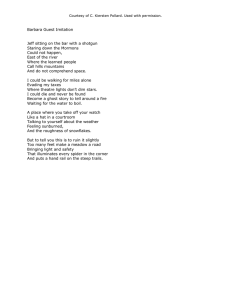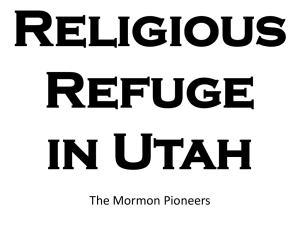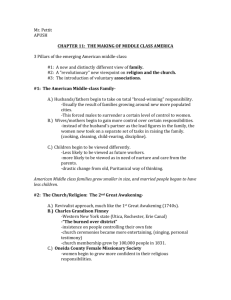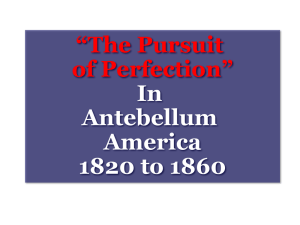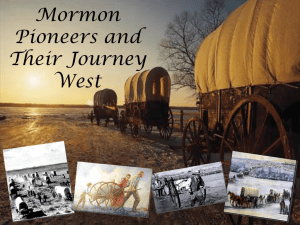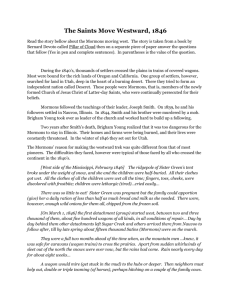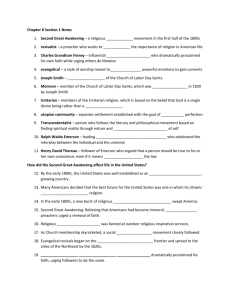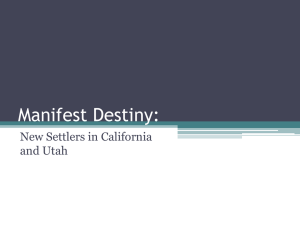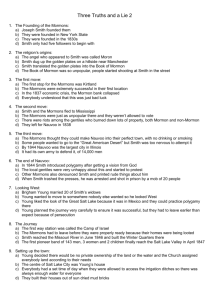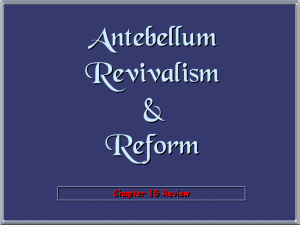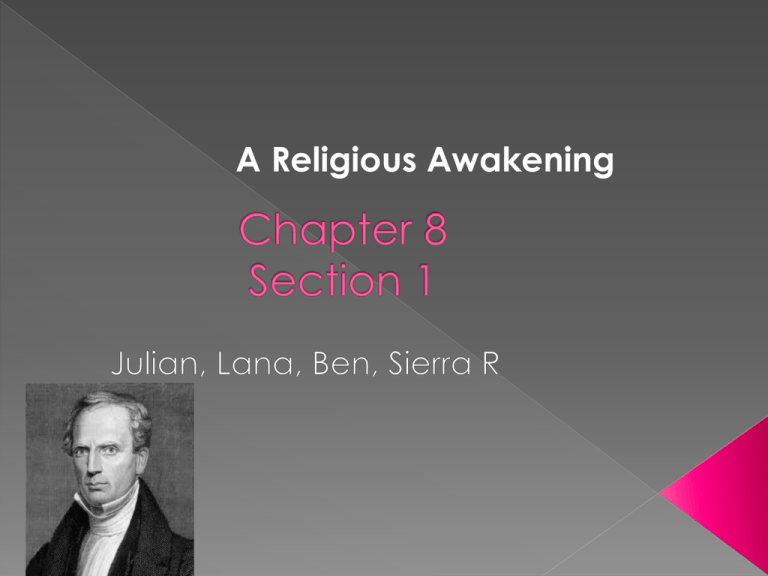
A Religious Awakening
• Lasted half a century
•Began in Kentucky, spread north and south
•Americans wanted governors to support
religion
•African Americans join in the spirit
Mormons form in New York in 1830
Unitarians- reflected growing Christian
liberalism
Joseph Smith formed Jesus Latter Day
Saints
Preachers were Protestant
Mormons were persecuted
Followed practices frowned upon by neighbors
Men have more than one wife
Held land as a group
•Political power
Mormons chased out of Ohio
› Sought refuge in Illinois
Joseph Smith runs for president
› Murdered by Mormons
Brigham Young
› Led Mormons far east
Great Salt Lake city
Catholics and Jewish people face
discrimination
› 1800s Roman Catholic Church faced
discrimination
› Protestants viewed Catholicism as
incompatible
Choose loyalty to people rather than U.S
Catholic poverty
› Poor immigrants from Ireland
Little money
Work for low wages
Irish immigrants grow too powerful
Jewish people face discrimination
› Public officials must be Christians
› Jews barred from holding office
› Jewish people
• Rhode Island
New York
Pennsylvania
1840s great numbers to escape political
unrest
› Europe
› Americans ostracized them
Early 1800s, Americans wanted to improve life
Formed settlements known as Utopian communities
often failed within 2-6 years
Utopias built to be ideal societies
Well-known Utopia include: New harmony, Brook farm
New harmony lasted 2 years
Brook farm lasted 6 years
United society believed in Christ’s second appearance
Organized mid 1700s peaked around 1840s
Found in New Hampshire, New York, Ohio, and Indiana
Men and women did not marry
Lived in separate houses
Did not want to have children
Economy flourished due to high quality price
Believed they could go beyond senses
to learn
Ralph Waldo Emerson was the leading
transcendentalists
Most important follower was Henry David
Wrote “Civil Disobedience”
Later provided inspiration to civil rights
Lapsansky-Werner, Emma J., Peter B.
Levy, Randy Roberts, and Alan Taylor.
United States History. Boston,
Massachusetts: Pearson Prentice Hall,
2008. 266-272. Print.

